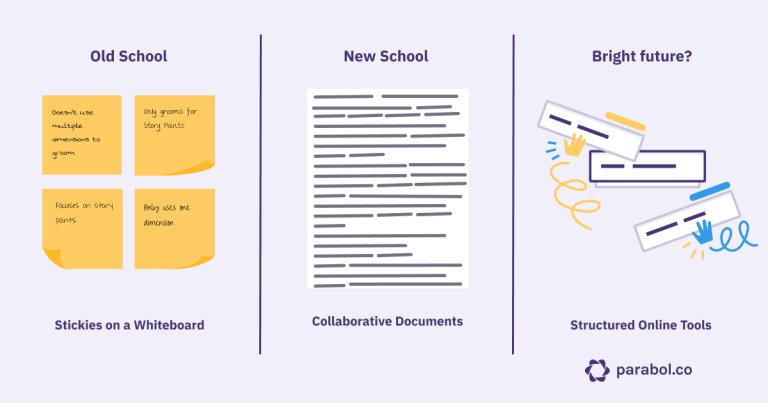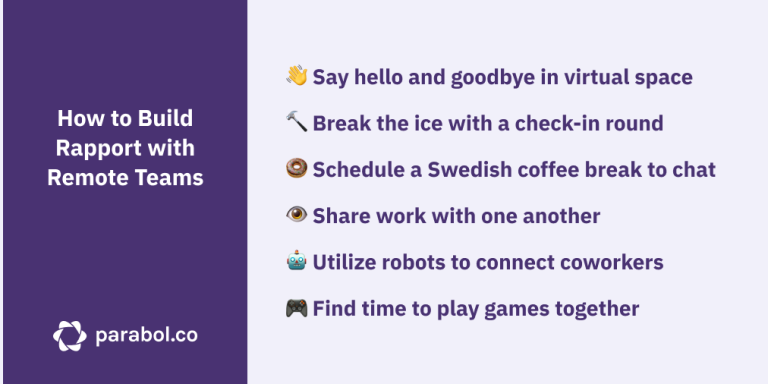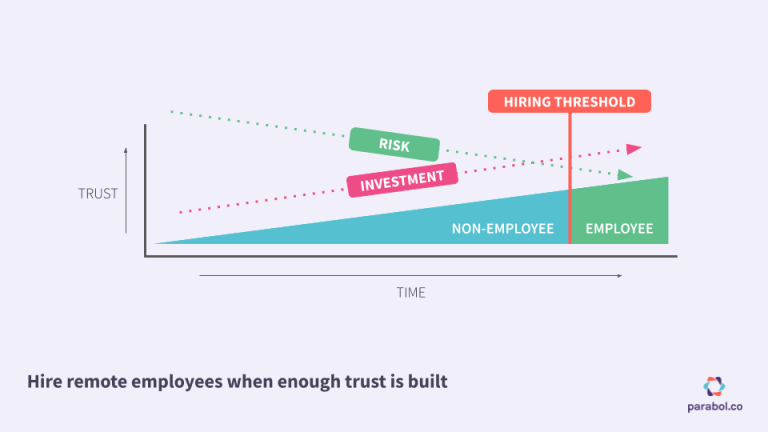Strategic Prioritization Using Even Over Statements

All creative people are capable of making a list of ideas longer than their capacity to execute upon them. A form of organizational paralysis is caused by people working together without a process to select which ideas turn into active projects.
Prioritizing the execution of ideas in such an order that they will propel a team forward more quickly than if they were executed at random is called strategy.
Strategy is about choice. It’s about making tough calls. It’s about favoring one good thing over another.
The question on the table often isn’t, “do we choose between cake and a shit sandwich?” It’s instead between two good alternatives like, “shall we go with cake or ice cream?”
When we choose to ship cake, we’re going to miss delighting the ice cream fans and bet that pleasing cake fans is more important.

Enter the ‘even over’ statement
“Cake even over ice cream” is a compact way of expressing a strategic preference between two good alternatives. While choice among desserts serves as a reasonable introduction, let’s see how ‘even over’ statements might be used by a real organization.
Our company, Parabol, creates team collaboration software suited for a wide variety of teams and purposes. However, to build our company and edge out the competition we must focus. By authoring a group of even over statements we can compactly express a strategy for our entire company. Consider this group of even over statements we might use at Parabol as an example:
- Small organizations even over global enterprises
- User growth even over revenue
- Initial signup retention even over existing user retention
- Desktop experience even over mobile experience
These aren’t Parabol’s actual strategies., but they illustrate how powerful even overstatements are when a few are written out together.
Imagine how much differently the company would act from the company that has reversed each of these statements:
- Global enterprises even over small organizations
- Revenue conversion even over user growth
- Existing user retention even over initial signup retention
- Mobile experience even over desktop experience
It’s the same company, but a completely different strategy expressed in only 4 sentences.
Using even over statements to prioritize a backlog
When we meet to discuss what to execute next at our strategic retreats, we generate a list of potential projects.
They’re messy. They’re ill-defined and often written as a single sentence. They’re just ideas. Together, they’re a messy backlog.
We take these ideas and we rank them according to 3 factors:
- Strategic Alignment to our even over statements,
- Time Criticality, and
- Job Size.
Then,we calculate the idea’s priority score like this:
(Strategic Alignment + Time Criticality) ÷ Job Size = Priority Score
This formula is a modification of the Scaled Agile Framework’s Weighted Shortest Job First prioritization model. When we calculate each of the factors we play a sort of planning poker.
It sounds a lot like this:
Ok, the next idea we’re ranking is, ‘importing project data from Trello.’ Does this align with, ‘small organizations even over global enterprises?’ Please hold up 1 to 5 fingers, where ‘5’ means, ‘this idea strongly supports this strategy,’ ‘3’ is, ‘it’s hard to tell,’ and ‘1’ means, ‘this idea is strongly the opposite of this strategy.’
We repeat this process for all of our strategic even overstatements and average all of the scores together.
We also come up with values for Time Criticality and Job Size.
Time Criticality is our best guess of the urgency of the work and answers the question, “if we don’t do this now, will the opportunity go away?” Its values range from, “must be done ASAP,” through, “before our next planning session,” to, “can be done someday.”
Job Size is a rough estimate of how much effort it would take for our team to tackle. Its values range from, “can be done in about a day,” through, “within a single three-week sprint,” to, “multiple epics.” We also score Time Criticality and Job Size on a scale from 5 to 1.
Even over statements are not the end of strategy
The best directors…create a world so complete, there is a logic and a clarity that’s natural…you don’t feel the strain of creating.” — Willem Dafoe, Actor
Formulating strategy is hard. Applying strategy is harder still.
The usage of even overstatements is just one tool in a strategist’s tool chest for reducing cognitive load when choosing from among a set of possibilities. They are a supplement to research, analysis, and story telling, not a substitute.
However, distilling your strategy down to a list of even overstatements can be an incredibly powerful thing.
They make hard choices explicit. They are information rich and poetic, almost a thumbnail sketch of a full strategy. They should help ease the “strain of creating” and encourage the formulation of ideas that accelerate an organization toward its purpose. Further, even over statements also lend themselves well to ranking exercises, as demonstrated above.
I’d love to hear your thoughts.
Do you use even over statements already? How do you arrive at them? How often do you refresh them? Do you use them for ranking?
Do you not use them at all, and find this methodology flawed? Please let me know.
Special Thanks
Special thanks to Bob Gower, who first introduced me to Weighted Shortest Job First and was indirectly and directly the cause and effect of so much later mischief.








